What is Shingles?
Shingles is a common and extremely painful skin condition caused by the varicella-zoster virus. This virus is the same one that causes chickenpox. It is characterized by a painful rash that typically appears in a band across the chest, back and around the sides of the body. It can also affect the face and eyes.
Symptoms of Shingles
• Burning, stabbing, or tingling pain in the affected area
• Redness and swelling in the affected area
• Blisters that fill with fluid and then crust over
• Fever
• Headache
• Fatigue
Cause of Shingles

Shingles is caused by the reactivation of the varicella-zoster virus, which is the same virus that causes chickenpox. After a person has chickenpox, the virus remains dormant in the body. In some cases, the virus can become reactivated years later and cause shingles.
Risk Factors of Shingles
• Age: The risk of shingles increases significantly with age.
• Weak immune system: People whose immune systems are weakened due to conditions such as HIV/AIDS, cancer, or medications such as steroids are at a higher risk of developing shingles.
• Stress: Stress can weaken the immune system and increase the risk of shingles.
Treatments for Shingles
1. Antiviral medications: Antiviral medications such as acyclovir, valacyclovir, and famciclovir can help reduce the severity and duration of a shingles outbreak.
2. Pain medications: Over-the-counter pain medications such as ibuprofen and acetaminophen can help reduce pain. Your doctor may also prescribe stronger pain medications if needed.
3. Topical creams: Topical creams such as calamine lotion and lidocaine patches can help reduce itching and discomfort.
4. Cool compresses: Applying cool compresses to the affected area can help reduce pain and itching.
5. Corticosteroid injections: Corticosteroid injections may be recommended in severe cases to reduce inflammation and pain.
6. Vaccines: The shingles vaccine (Zostavax) is recommended for people over 60 years old to help reduce the risk of developing shingles.
Prevention
The best way to prevent shingles is to get vaccinated. The shingles vaccine is recommended for adults over the age of 50 and is available in most pharmacies and doctor's offices.
Conclusion
Shingles is a painful skin condition caused by the varicella-zoster virus, the same virus that causes chickenpox. It is characterized by a painful rash and can affect the face and eyes. Treatment usually involves antiviral medications, pain medications, and supportive care. The best way to prevent shingles is to get vaccinated.






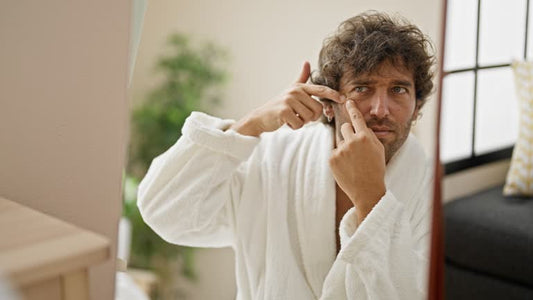

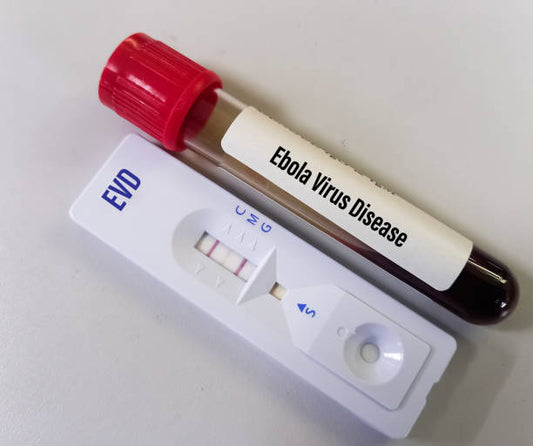
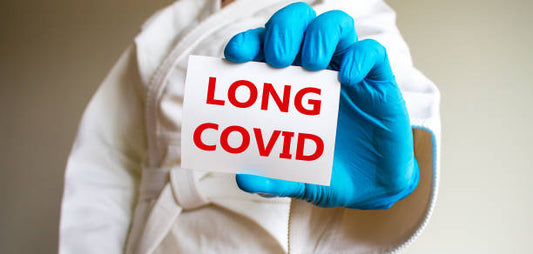
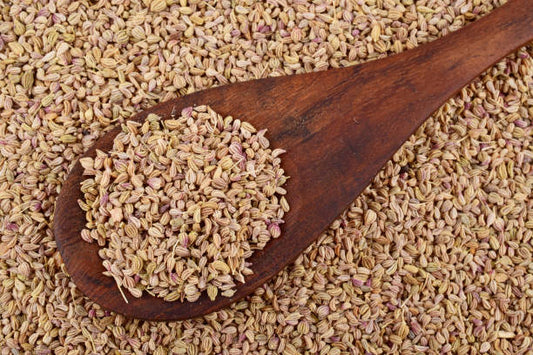
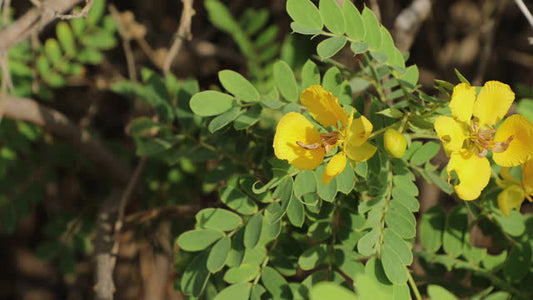
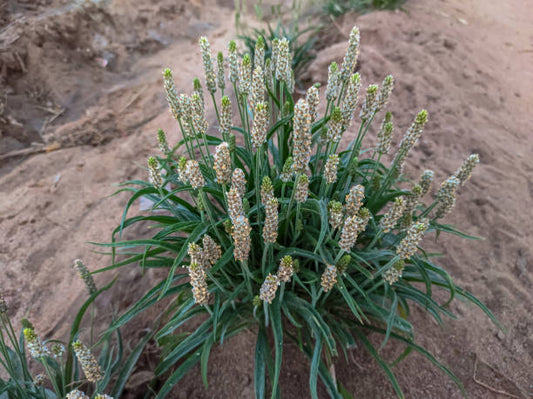
1 comment
Got rid of Hsv, It worked for me, Thank you!!!